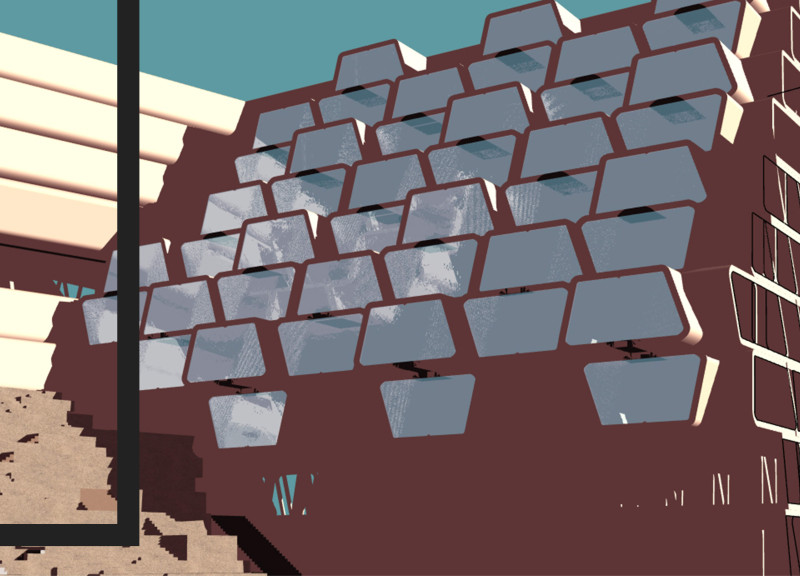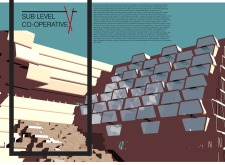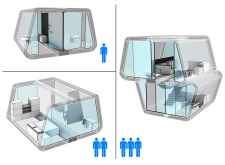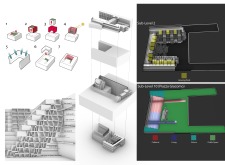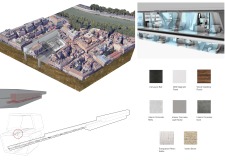5 key facts about this project
The design centered on the San Giacomo Hospital site aims to create a modern co-operative living space that respects its historical roots. Located in a culturally rich area, the project seeks to blend new living arrangements with the old hospital's heritage. The central idea is to foster community while maintaining harmony with the site's history. The design focuses on sustainability and offers a mix of public and private areas for residents.
Central Public Piazza
A large public piazza serves as the heart of the community. This open space is designed for social interaction, encouraging residents to gather and participate in activities. It features a multipurpose staircase that allows for movement and doubles as seating for events. This design encourages people to come together and creates a lively environment.
Spatial Organization
The layout places housing pods close to shared public areas to make the most of light and air flow. This arrangement helps to enhance privacy while also promoting a sense of community among residents. Every unit benefits from natural daylight, which contributes to a healthier living experience.
Sustainable Construction
An important aspect of the design is its underground construction. By building below ground, the design takes advantage of the earth's stable temperature. This natural insulation method helps regulate indoor climates and lowers energy use. This approach not only reduces environmental impact but also keeps the historical significance of the site intact.
Accessibility and Community Engagement
Accessibility is carefully considered through the use of stair and lift systems that connect different levels of the co-operative. As residents move through the building, they experience a transition between private living spaces and communal areas. The project includes facilities run by residents, such as a hotel and daycare, which encourages cooperation among people of various ages.
The preservation of the Church of San Giacomo is a standout feature. Elevated on a pedestal, it remains a focal point within the landscape. This placement invites admiration from the underground areas while creating a thoughtful connection between the site’s historical and contemporary elements.


